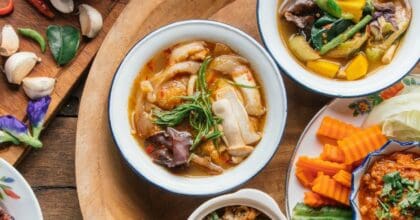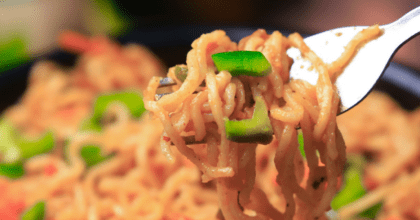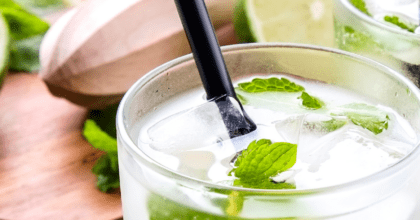New research from Mintel and Leatherhead Food Research reveals natural colours overtake artificial/synthetic colours for the first time
New report from Mintel and Leatherhead Food Research reveals natural colours overtake artificial/synthetic colours in 2011.
A new report into the food colours market combining market expertise from Mintel and Leatherhead Food Research reveals that, for the first time in 2011, the value of natural colours has overtaken that of artificial/synthetic colours globally. In 2011, global sales of natural colours amounted to an estimated USD600m, up by almost 29% from 2007 and demonstrating annual growth in excess of 7%. The share of the total food colours market taken by natural varieties has increased from just over a third (34%) in 2007 to nearly 39% in 2011.
In contrast, growth within the artificial/synthetic colours market has been more modest, with value sales increasing by less than 4% between 2007 and 2011. The segment is now worth an estimated USD570m, which is equivalent to 37% of the overall market (compared to 40% in 2007).
Chris Brockman, Senior Global Food and Drink Analyst at Mintel, said:
“The results of the Southampton Six study has really accelerated the move toward natural colours in Europe, but other regions are also following suit as the consumer demand for more natural formulations builds and as key producers and retailers look to phase out artificial ingredients.”
The food industry alone accounts for a 70% share of the natural food colours market compared to 27% for soft drinks and just 3% for alcoholic beverages according to the Mintel and Leatherhead Food Research report.
Furthermore, according to the research, the use of natural colours in new launches of food and drinks outweighs the use of artificial/synthetic colours by 2:1 on a global basis. The report also highlights significant differences between regions in their migration to the use of natural colours. Europe has moved strongly towards the use of more natural colours, and leads the way globally, overall using them in 85% of new product launches between 2009 and 2011.
Overall, the global market for food colours was worth an estimated USD1.55bn in 2011. This represents growth of 13% from 2007. However, while developing, average annual growth levels currently lie between 2% and 3%, down from the 4-5% experienced throughout most of the previous decade.
“Much of this slowdown in growth can be attributed to the global economic recession, and its subsequent effect on consumer expenditure on many sectors of the global food and drinks industry, as well as the continued decline in demand for artificial/synthetic food colourings.” Chris continues.
The report predicts that the trend toward greater use of natural colours will continue, especially within premium food and drink segments and in products positioned for children.
Rachel Wilson, Principal Technical Advisor at Leatherhead Food Research, said:
“The drive for natural food formulations will endure in the global food and drink industry
as consumers continue to seek simplicity and purity in food and drink ingredients lists. The use of natural colours in new food and drink launches will thus continue to outpace artificial colours globally in the foreseeable future.”
[1]:
-
Mintel StoreGet smart fast with our exclusive market research reports, delivering the latest data, innovation, trends and strategic recommendations....View reports
-
Mintel LeapMintel Leap is a revolutionary new AI-powered platform that will transform your research process....Book a demo







































